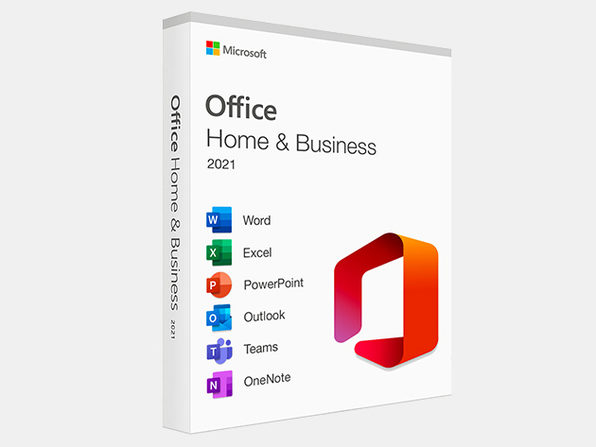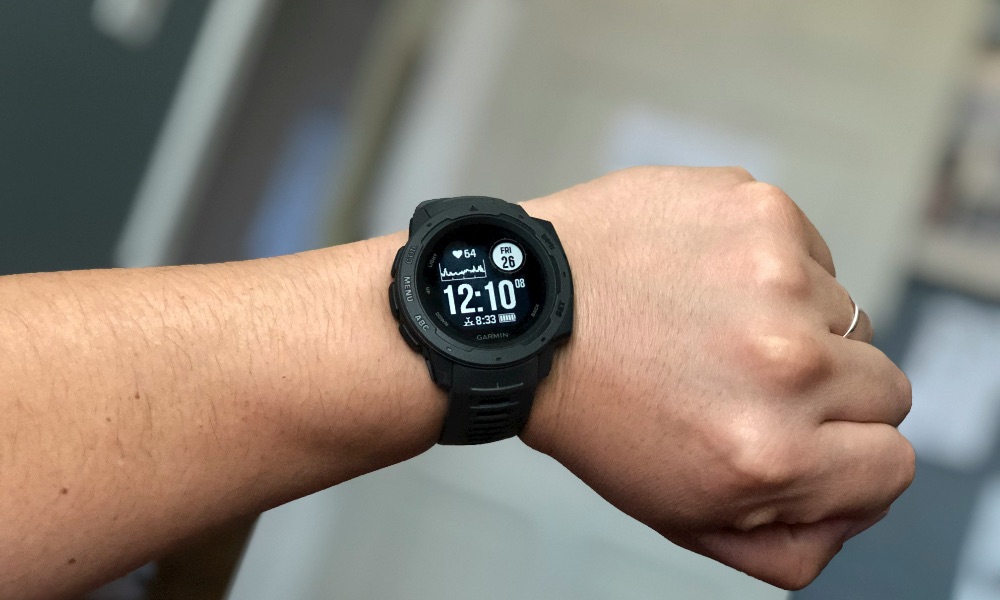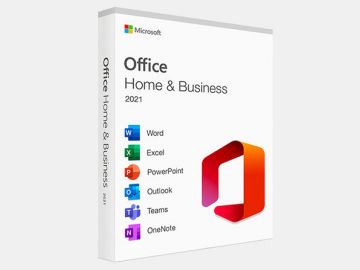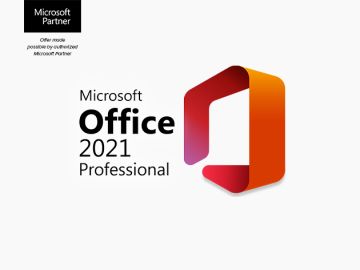Is Apple About to Open the Door to Third-Party Smartwatches?
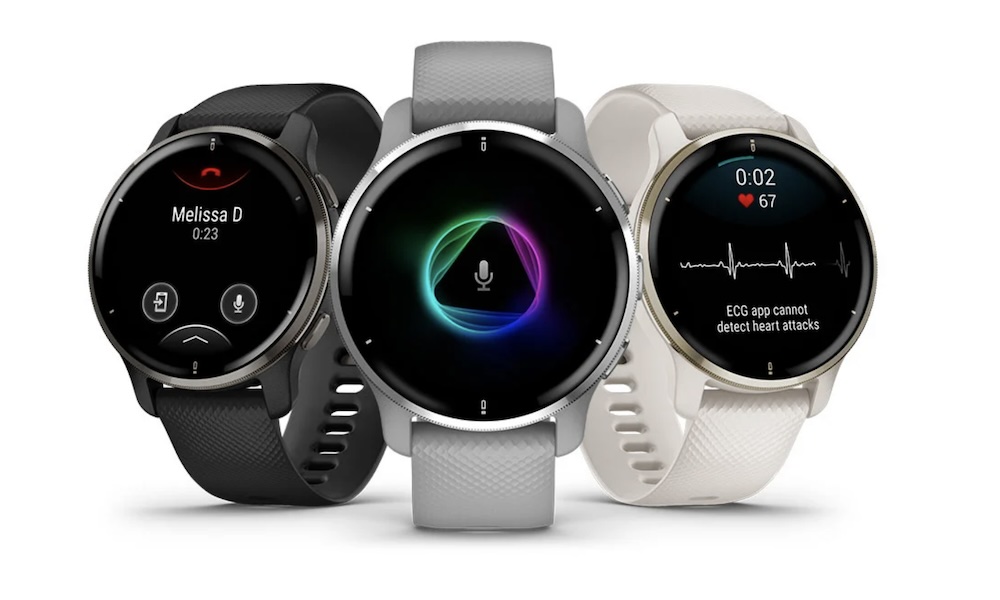
Toggle Dark Mode
If code in the first iOS 26.1 beta is any indication, you could soon be able to choose a wearable beyond the Apple Watch to use with your iPhone.
Apple appears to be laying the groundwork to expand support for third-party smartwatches, according to frameworks found in iOS 26.1 by Macworld’s Filipe Esposito. While it’s not entirely clear when or how far this could go, Apple is setting the stage to address perhaps the most critical component of smartwatch integration: receiving notifications on your wrist.
The beta code includes references to a feature labelled “Notification Forwarding,” which would allow users to choose to have their notifications shown on a non-Apple device or accessory. It sounds like this could go beyond wearables, but it notably only allows notifications to be sent to one device at a time. “Enabling this option disables notifications on the Apple Watch,” Esposito says that one of the strings found in the code suggests.
There are also references to another new framework that hints at a more straightforward method for pairing third-party smartwatches and other devices with an iPhone, although it’s not yet in a finished state.
There’s also no indication of when this might happen, as Apple often adds code for new frameworks several versions before they are actually rolled out, and it has been known to remove these rudimentary additions before the final public release. However, it’s also very unlikely that Apple is being magnanimous in embracing competing smartwatches. As usual, it’s far more likely that regulators are forcing its hand.
Earlier this year, the European Commission ordered Apple to open nearly all iPhone connectivity features to third parties. This was already mandated under the European Union’s Digital Markets Act (DMA), so this train left the station nearly two years ago, but to ensure Apple had no escape, the EC formalized “the measures that Apple has to take to comply with certain aspects of its interoperability obligation.” It named several connectivity features that had to be opened up to third parties, and smartwatches were at the top of the list.
The first set of measures concerns nine iOS connectivity features, predominantly used for connected devices such as smartwatches, headphones or TVs. The measures will grant device manufacturers and app developers improved access to iPhone features that interact with such devices (e.g. displaying notifications on smartwatches), faster data transfers (e.g. peer-to-peer Wi-Fi connections, and near-field communication) and easier device set-up (e.g. pairing).
European Commission
Lest we think this is just an EU issue, smartwatch interoperability was also a key component of a massive antitrust lawsuit launched by the US Department of Justice last year:
Apple blocks the ability for third-party smartwatches to benefit from the same level of integration as the Apple Watch by suppressing key functions of third-party smartwatches, such as the ability to respond to notifications and messages. This has harmed smartwatch developers and given the Apple Watch an unfair advantage over them.
US Department of Justice
Apple is naturally fighting both of these, but the EC ruling is already law, which means that, even as it appeals the ruling, it still has to comply in the meantime. By contrast, the DoJ case is winding its way through the courts, and it could be years before we see a result that would force Apple to open the iPhone up to third-party smartwatches.
As Esposito notes, this new iOS 26.1 code doesn’t guarantee that Apple will deploy these new frameworks worldwide. Many of the changes Apple has made to comply with the DMA have been limited to the European Union, including allowing for third-party app marketplaces and alternative browser engines. On the other hand, while Apple initially surrendered on the NFC Digital Wallet front in the EU, it later opened that up to all developers worldwide — provided they met the high bar of security and privacy standards required for processing sensitive financial and personal data.
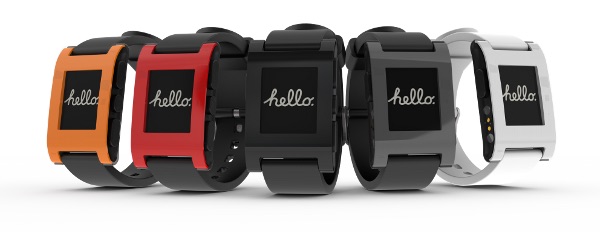
This leaves it an open question as to which direction Apple will take with these new third-party accessory notification frameworks. Apple Pay and NFC payments are another area that the DoJ was taking umbrage at, but it may have also been an easier white flag for Apple to raise, as Apple Pay isn’t part of its core ecosystem, and the company has a far more complicated relationship with banks and financial institutions.
We’ll have to wait and see if any new frameworks show up in iOS 26.1 or future versions, but we don’t expect Apple will do much more than the minimum here. Better pairing and forwarding of notifications are table stakes for modern wearables, and that’s what the EC and DoJ have focused on, but there’s no indication that regulators are forcing it to open up access to health, fitness, media, or even calling features.

